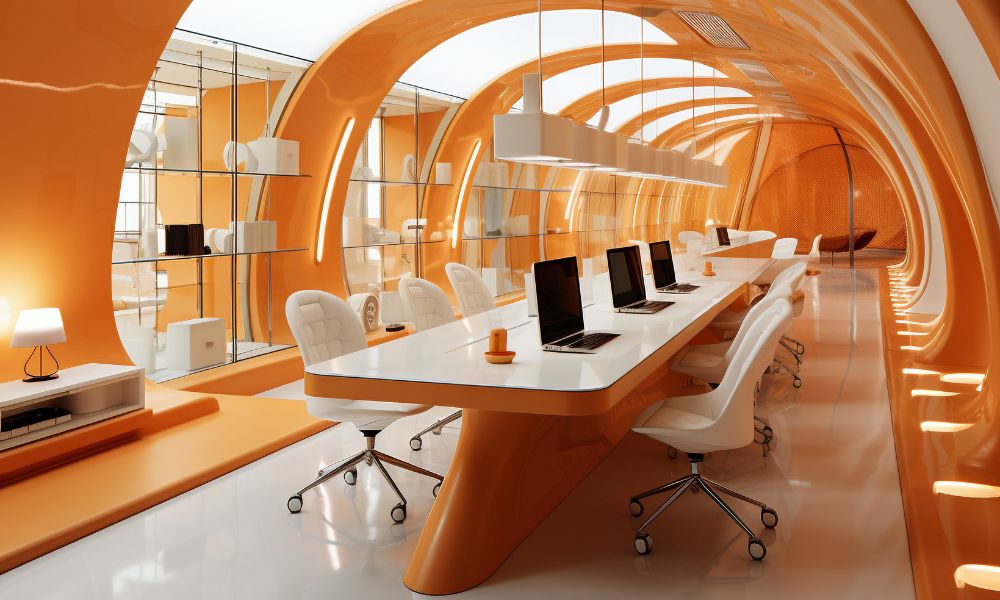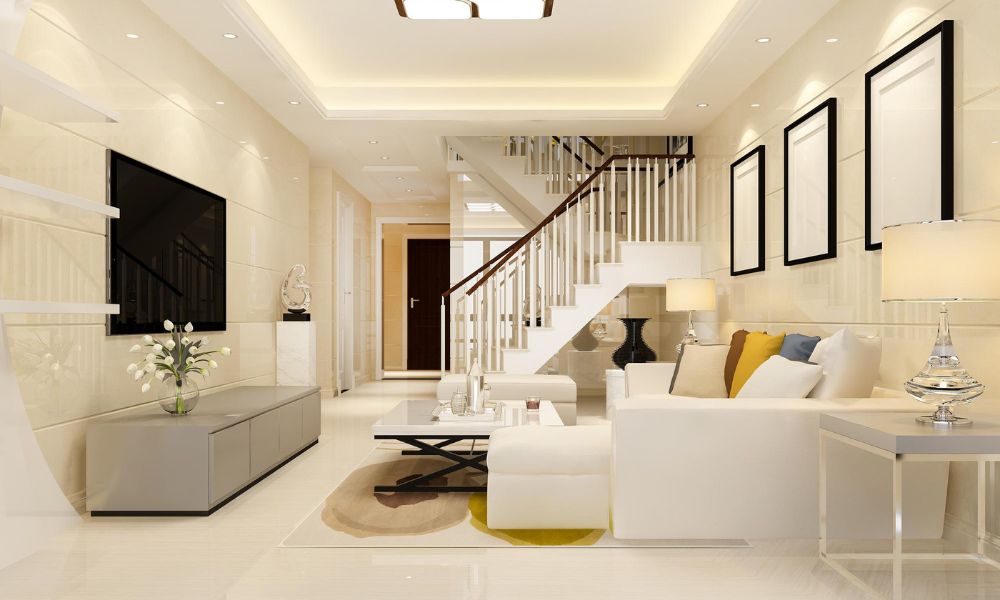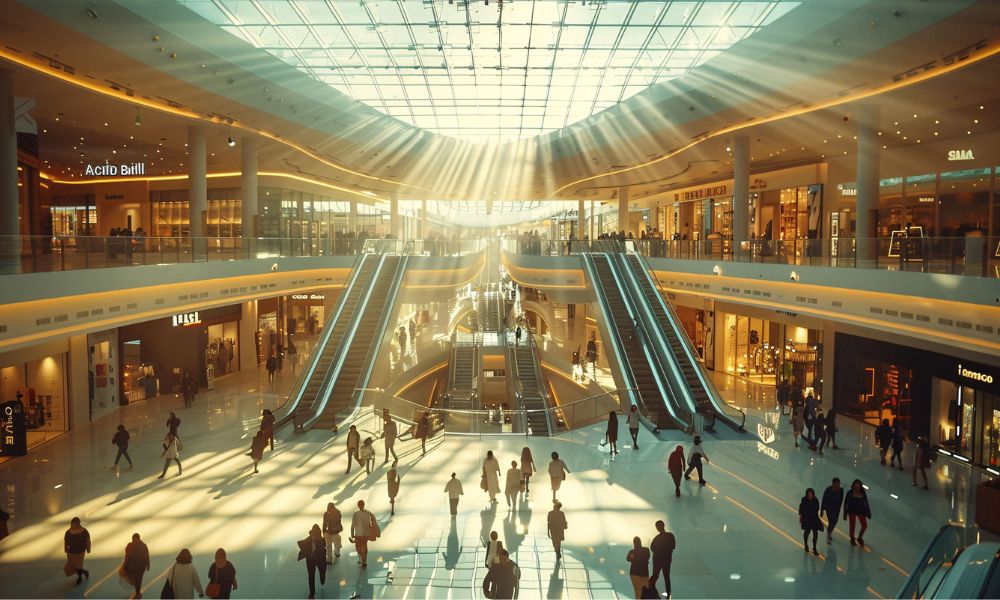Explore how retail store design transforms shopping experiences, boosting engagement and sales. Learn strategies to create inviting, customer-focused spaces.
Retail Store Design: Creating Spaces That Engage Customers
Walking into a store that feels welcoming, intuitive, and visually inspiring can instantly change a shopper’s experience. This is the power of retail store design—a careful blend of aesthetics, functionality, and psychology that encourages customers to linger, explore, and buy. In today’s competitive retail market, a well-designed store is no longer optional; it’s a critical business strategy.
In this guide, we’ll explore how retail store design influences customer behavior, the strategies that make spaces engaging, and the best practices that elevate shopping into a memorable experience.
What Is Retail Store Design?
Retail store design is the process of creating a store environment that is visually appealing, functional, and aligned with a brand’s identity. It involves everything from layout and lighting to fixtures, color schemes, and customer flow. Good design goes beyond decoration—it communicates the brand’s story and enhances the overall shopping experience.
Key elements include:
- Store Layout: Organizing pathways to guide customers naturally.
- Visual Merchandising: Strategically displaying products to attract attention.
- Lighting and Ambiance: Creating moods that resonate with shoppers.
- Brand Identity Integration: Ensuring the design reflects the brand’s values.
By combining these elements thoughtfully, retail store design transforms ordinary spaces into immersive experiences.
Why Retail Store Design Matters
Investing in thoughtful retail store design offers multiple benefits:
- Boosts Sales: Engaging layouts and displays encourage more purchases.
- Enhances Brand Perception: A visually cohesive store strengthens brand identity.
- Improves Customer Retention: A memorable experience encourages repeat visits.
- Supports Staff Efficiency: Optimized layouts reduce congestion and streamline operations.
In a world where online shopping dominates, the physical store must provide experiences that digital platforms cannot replicate.
Principles of Effective Retail Store Design
1. Strategic Layouts
Layouts like grid, loop, or free-flow can significantly influence how customers navigate your space. Strategic planning ensures customers see high-priority products and experience a smooth flow throughout the store.
2. Sensory Engagement
Engaging multiple senses—through lighting, textures, scents, and sounds—can create immersive experiences that leave a lasting impression.
3. Visual Merchandising
Displays should be dynamic and frequently refreshed to maintain customer interest. Highlight promotions, bestsellers, and seasonal collections effectively.
4. Comfort and Accessibility
Design should consider wide aisles, seating areas, and accessibility features to ensure all customers feel welcome.
5. Technology Integration
Digital signage, interactive kiosks, and smart checkout systems can enhance engagement and improve efficiency.
Examples of Retail Store Design Excellence
- Apple Stores: Minimalist layouts with clear sightlines, intuitive navigation, and interactive product stations.
- Nike Flagship Stores: Dynamic product displays and immersive experiences reflecting the brand’s energy and lifestyle.
- Sephora: Innovative use of mirrors, lighting, and self-service stations that enhance shopping and testing products.
For inspiration on creative designs, you can explore retail store design projects on Behance to see how leading designers bring concepts to life.
Innovative Strategies in Retail Store Design
Personalized Experiences
Incorporating loyalty programs, customization zones, or AR experiences can make shopping feel personal and memorable.
Biophilic Design
Using natural elements like plants, natural light, and earthy textures creates calming, inviting environments that boost dwell time.
Flexible Spaces
Modular displays and multi-purpose areas allow retailers to adapt to trends, promotions, and seasonal changes.
Storytelling Through Design
Every element—from signage to color schemes—should reinforce the brand’s story, making the experience cohesive and emotionally engaging.
At openarchitectstudio.com, designers integrate these strategies to craft spaces that are not only functional but also memorable, aligning brand identity with customer experience.
Challenges in Retail Store Design
While the benefits are clear, retailers often face challenges:
- Budget Constraints: High-quality materials and technology can be costly.
- Rapid Trend Changes: Designs must adapt to shifting customer preferences.
- Space Limitations: Small footprints require smart, space-saving strategies.
Overcoming these challenges requires a balance of creativity, planning, and data-driven decision-making.
Transform Your Store Into a Destination
Retail store design is more than decoration—it is a powerful tool to engage customers, boost sales, and reinforce brand identity. By focusing on strategic layouts, sensory engagement, technology integration, and storytelling, retailers can create spaces that customers remember and return to.
The future of retail belongs to stores that provide experiences, not just products. Are you ready to elevate your store and connect deeply with your customers? Explore innovative retail design strategies and collaborate with experts who can turn your vision into a compelling, customer-centric environment.




